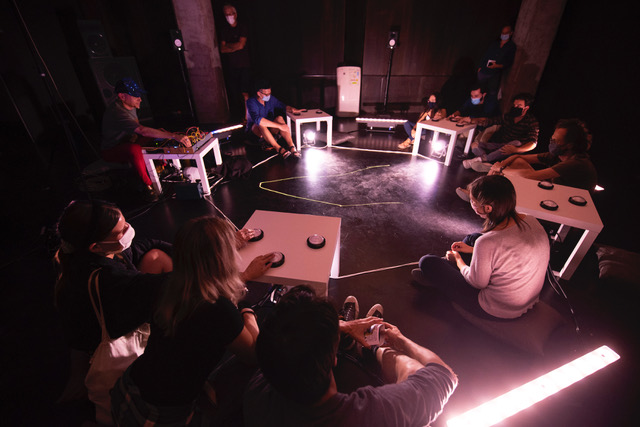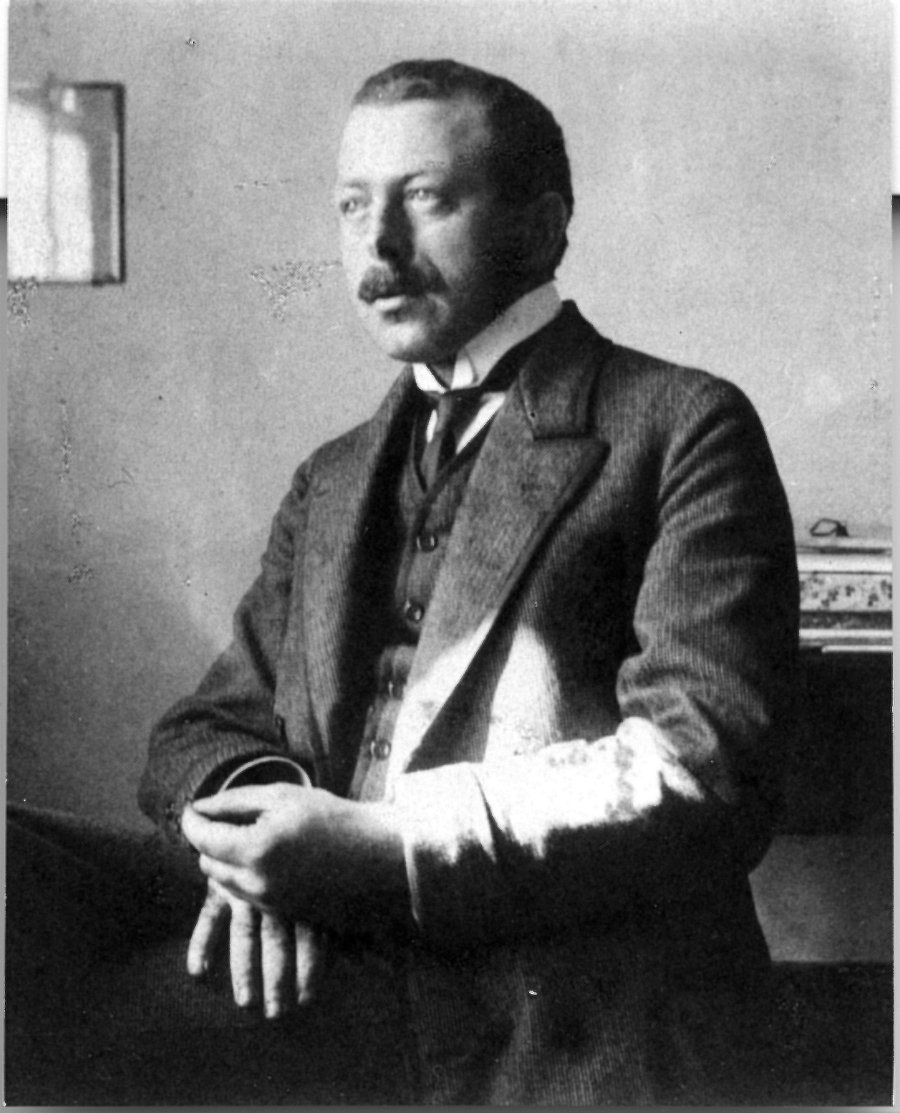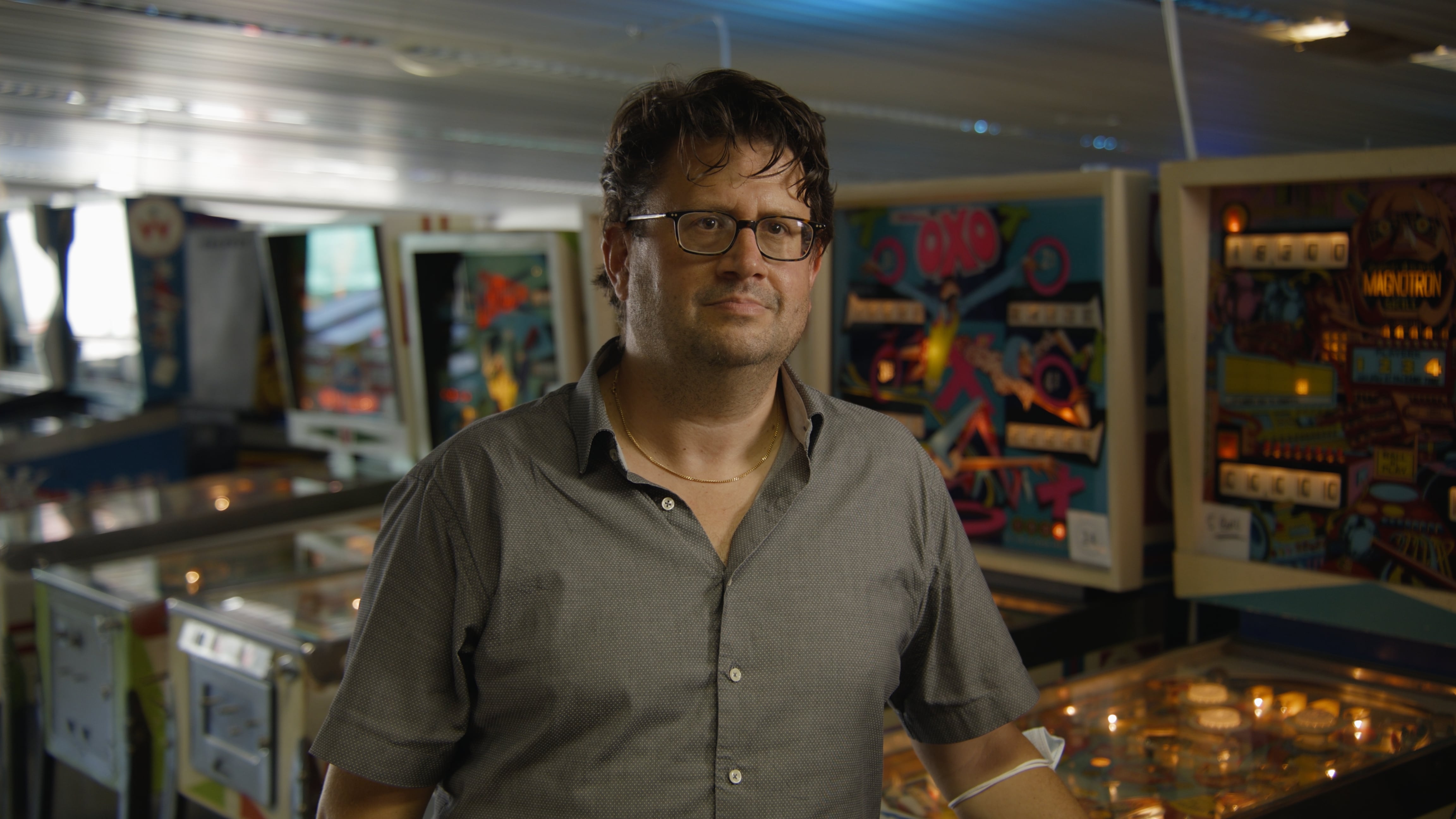From January 26 to 29, Basel festival “SPIEL! Games as critical practice” explores the critical potential of playing. Composer Michel Roth curated the festival.

Friederike Kenneweg
Anyone who happens to talk to Michel Roth about playing can’t help discovering that it’s not just one single subject, but a multidimensional thematic field that opens up. For one can play with very different things: words, things, thoughts, sounds, colours or instruments… A game sets rules and creates its own world for its duration, whether it is music, a computer game, role-playing game or a board game. Those who see themselves as players in such a world look for rules to play by and each player has the possibility to influence the game within the space given to him or her, but the rules by which a game is played can also be changed – revealing a sudden philosophical or political dimension. It is true that playing can serve as an escape from the world and lead to a certain escapism. But it can also develop a critical, even world-changing potential.
Mary Flanagan’s “Critical Play”
Michel Roth found this idea formulated particularly succinctly in the writings of American game designer Mary Flanagan, which he came across during his research on games and play. He was particularly impressed by Flanagan’s 2009 book “Critical Play. Radical Game Design”, in which she emphasises the critical potential that can lie in the setting of games from the designer’s point of view. Which images, clichés and ideas should be reproduced, which ones should be changed? In what realm of possibilities should the players stay during the game? How games are designed can also influence real life and how we see it and perhaps even: what we want to change in it.
Hopscotch
Mary Flanagan will be a keynote speaker at the festival in Basel. and also present her mapscotch project in Theater Basel’s foyer. The project is based on the chalk drawing and playground game “Hopscotch”. Visitors can define their personal squares and the foyer’s floor becomes an individual hopping playground during the entire festival.
Sound and structure of the pinball machine
Another phenomenon that has long fascinated Michel Roth is slot machines. For ZeitRäume Basel in 2021, he designed a “game hell” in which the soundscape of pinball machines significantly determined the sound.
No wonder that such machines will also make a guest appearance at the festival. The former Theater Basel ticket office will host pinball machines and other games for the audience to try out (and listen to). In a lecture performance in collaboration with double bass player Aleksander Gabrys, Michel Roth will deal with the pinball game once again under the title Pinball Etudes, but this time by transforming a double bass into a pinball machine and preparing the strings with movable balls. Normal instrumental playing is no longer possible, but action and sound now also depend on where the balls roll. What exactly will happen can neither be composed nor rehearsed.
In the piece Räuber-Fragmente after Robert Walser, Michel Roth applied game theory to a composition for the first time, putting Walser’s novel Räuber into a kind of play configuration. A free improviser is on stage and free to intervene in the play whenever he or she feels like doing so, like a kind of spoilsport.
Play and composition
The festival also presents a variety of works by composers who have explored the game subject from different points of view. For example, Bernhard Lang has been working on a series of works entitled Game since 2016, in which the instrumentalists are given a playing space defined by a fixed set of rules, which they can then use freely. GAME 3-4-3 and Game ONE by Bernhard Lang will be featured in Basel. In Homo Ludens (2019), Mike Svoboda offers the players a choice of five settings, each of which with its own set of rules, while in her percussion piece Poker, Roulette (2020), Sarah Nemtsov explores the contrast between gambling instinct and gambling addiction – two principles that seem very close to each other and yet involve completely different energies.
Mike Svoboda’s Homo Ludens divides the musicians into two teams. Do they also compete against each other while making music? Recording from the first night of the piece, Gare du Nord, March 2019, played by Camerata Variabili and Mike Svoboda und Lucas Niggli as guest musicians.
Contrast, clash, encounter
Michel Roth consciously decided not to limit the thematic width that goes hand in hand with the festival theme, but to let approaches from game design, musicology, performance art, composition and pedagogy collide against or with each other. He is particularly curious to see whether the different target groups will relate to other areas. Will the gamers perhaps become hooked to new music? Will everyone play Mapscotch together in the foyer? Will visitors also meet completely uninvolved people at the Real World Audio Game on Theaterplatz? Will they all participate together in the Jeu sonore, to which Sébastien Roux and Clément Canonne invite the audience?
The festival itself becomes a space of possibility that invites the audience to play and make decisions in many different ways. Whoever gets involved in this mixture of lectures, concerts, installations and interactions can experience something intellectually, sensually and playfully – depending on where the pinball rolls.
Friederike Kenneweg
Festival “Spiel! Games as critical practice” from 26th to 29th of January 2023, in the Foyer Theater Basel, Musikakademie and Jazzcampus.
Bernhard Lang, Sarah Nemtsov, Sébastien Roux, Clément Canonne, Marko Ciciliani, Mary Flanagan, Critical Play: Radical Game Design,
Broadcast SRF Kultur:
neoblogpost 2.9.2021: Infinite game worlds, Auhtor: Jaronas Scheurer über about “Spiel Hölle”, project by Michel Roth
neo-profile:
Michel Roth, Mike Svoboda, Aleksander Gabrys, sonic space basel



